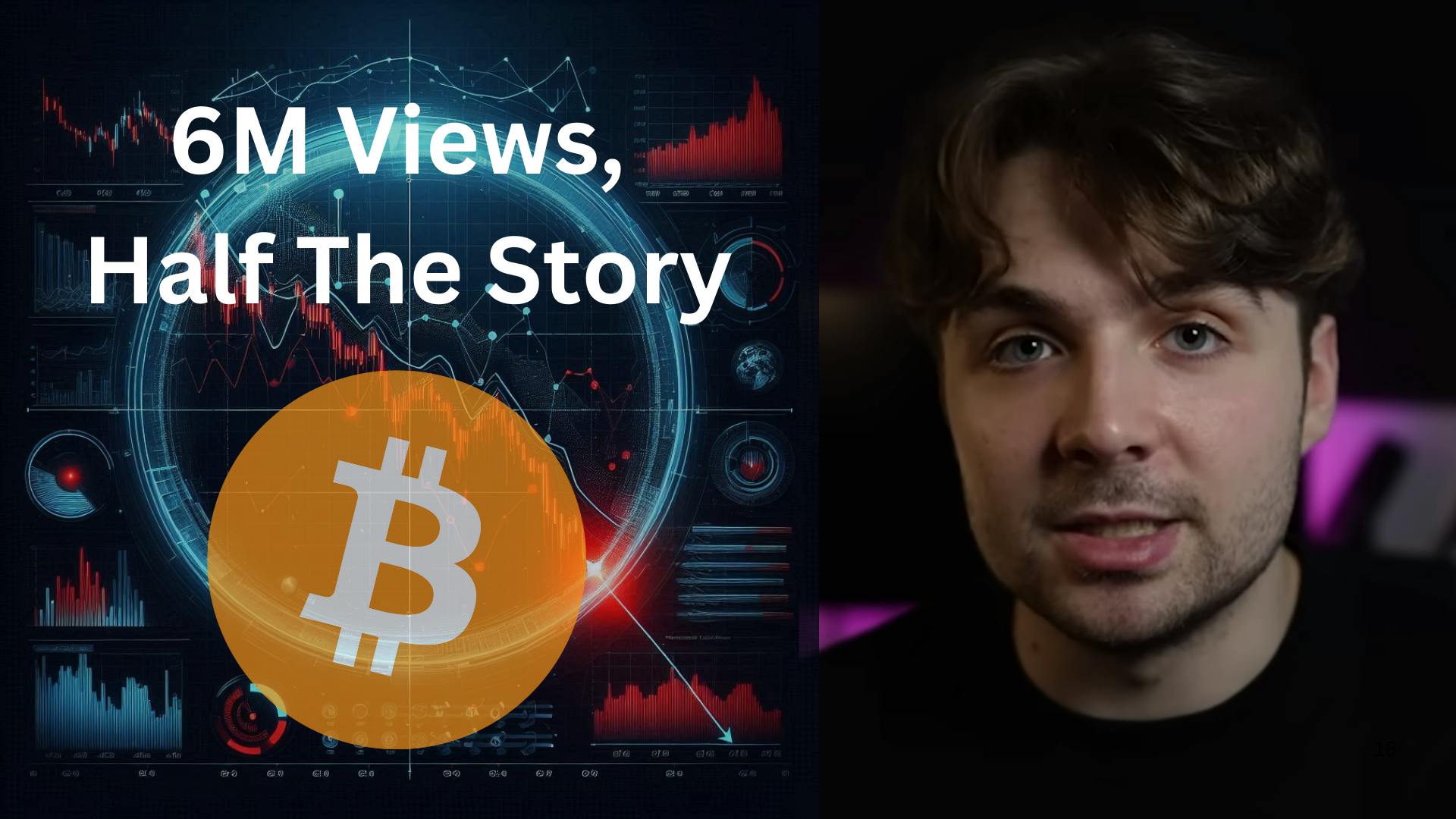Curious about how traders profit from rising markets without owning assets? Welcome to the world of CFD trading, where taking a long position allows you to benefit from upward price movements. It’s like placing a bet on an asset’s future value and cashing in when you’re right. Ready to dive into the essentials of long positions? Let’s explore! Connect with Zeltix Ai to access expert educational resources, linking traders to the best minds in investment education.
Defining Long Positions in CFD Trading
A long position in CFD trading means you’re betting that an asset’s price will rise. It’s like saying, “I think this stock will be worth more tomorrow than it is today.” When you take a long position, you buy the asset with the hope that its value will increase over time. If it does, you can sell it at the higher price and pocket the difference as profit. It’s a straightforward concept but crucial to understand before diving into the trading world.
Imagine buying a vintage car you believe will appreciate in value. Over time, as it becomes rarer and more sought after, its price goes up. When you sell it, the profit you make is similar to what you aim for in a long position in CFD trading.
In CFD trading, you don’t own the actual asset. Instead, you enter into a contract with a broker. This contract reflects the asset’s price movements. So, if you buy a CFD on a company’s stock and the stock’s price goes up, your CFD’s value increases too. This makes it possible to profit from price movements without needing to buy the actual asset.
The Mechanism Behind Long Positions
When you take a long position in CFD trading, you’re essentially buying the right to profit from future price increases of an asset. Let’s break down how this works. First, you identify an asset you believe will go up in value. This could be a stock, a commodity, or even a currency pair. Once you’ve chosen your asset, you open a long position by purchasing a CFD on that asset.
The price at which you buy the CFD is known as the opening price. Your goal is for the asset’s price to rise above this opening price. If it does, you can sell the CFD at this higher price. The difference between the selling price and the opening price is your profit.
Let’s say you buy a CFD on a stock at $100 per share. If the stock’s price rises to $120, you can sell your CFD at this new price. Your profit would be $20 per share, minus any fees or commissions charged by the broker.
Using leverage can amplify both gains and losses. Leverage allows you to control a larger position with a smaller amount of money. For example, with 10:1 leverage, you could control $10,000 worth of an asset with just $1,000. If the asset’s price increases, your profits are magnified. But if the price drops, your losses are also magnified.
Analyzing Market Trends for Long Positions
To succeed in taking long positions, you need to be able to read the market effectively. This involves analyzing market trends to predict future price movements. Think of it like weather forecasting; you look at various indicators to predict what’s coming.
Start by examining historical price data. Look for patterns that indicate an upward trend. This could be a consistent increase in the asset’s price over time or repeated cycles of price increases and decreases. Technical analysis tools, such as moving averages and trend lines, can help you identify these patterns.
Economic news and events also play a crucial role. For instance, if a company reports strong earnings, its stock price is likely to rise. Similarly, positive economic data, such as low unemployment rates or high GDP growth, can boost asset prices. Staying updated with the latest news can give you insights into potential price movements.
Consider the market sentiment. If investors are optimistic, prices are likely to rise. On the other hand, if there’s fear or uncertainty, prices may fall. Sentiment analysis tools, which analyze news articles, social media posts, and other sources, can help gauge the overall market mood.
It’s also helpful to use a combination of technical and fundamental analysis. While technical analysis focuses on historical price data, fundamental analysis looks at an asset’s intrinsic value. This includes factors like a company’s financial health, its competitive position, and the overall economic environment.
Don’t forget to ask yourself: Why do I believe this asset’s price will rise? Having a clear rationale can help you make more informed decisions and avoid impulsive trades. And always be prepared for the unexpected. Markets can be unpredictable, and even the most well-thought-out predictions can sometimes be wrong.
Conclusion
Taking a long position in CFD trading can be your ticket to profit in rising markets. With a solid understanding of market trends and strategic planning, you can make informed decisions and maximize your gains. Remember, it’s all about timing and knowledge. So, stay informed, keep learning, and trade wisely. Happy trading!
Disclaimer: This is promotional marketing content. The presented material by no means represents any financial advice or promotion. Be sure to research and acknowledge the possible risks before using the service of any trading platform.









